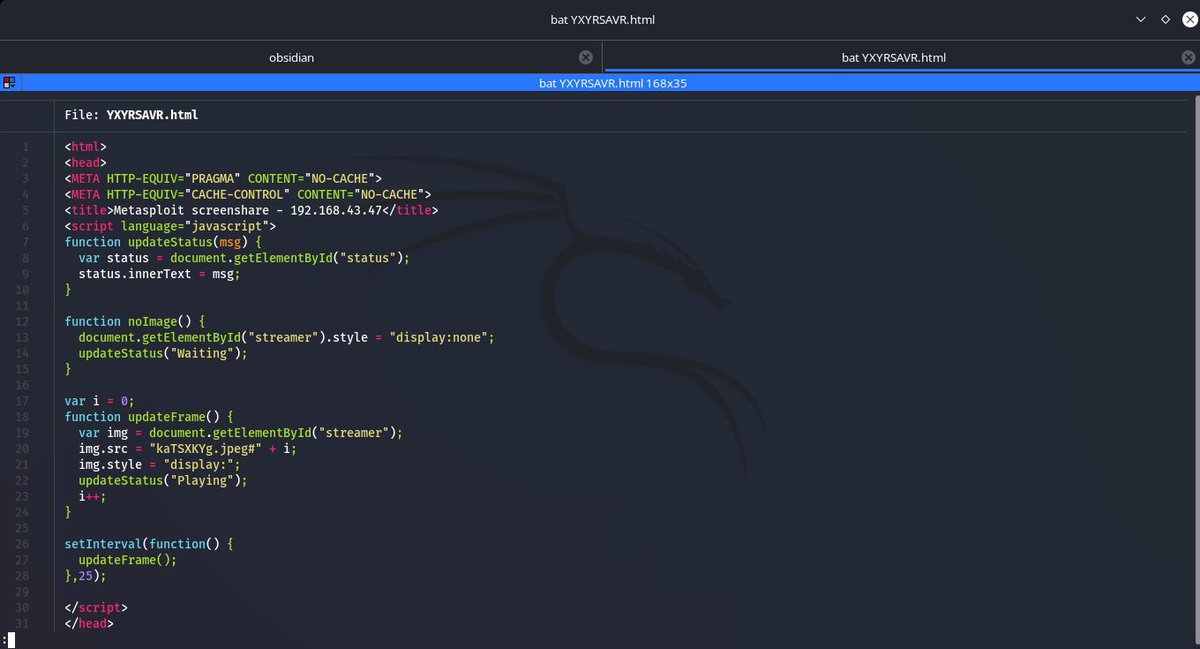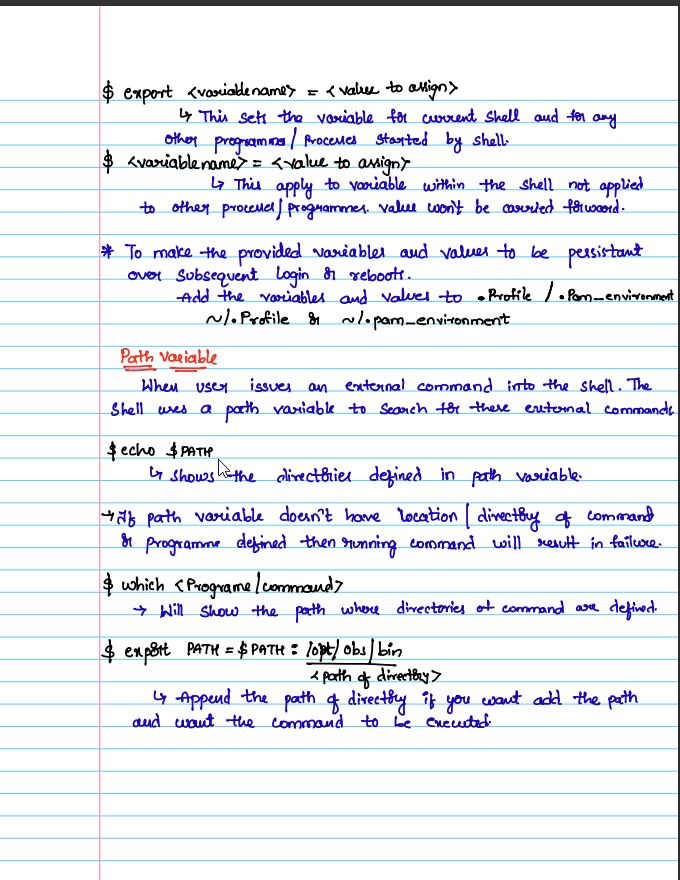Life is too short to use dated CLI tools that suck
Try these new ones instead 🧵
Try these new ones instead 🧵
`bat` is `cat` with syntax highlighting for a large number of programming and markup languages , line numbers and supports paging which is very handy when viewing a long file.
github.com/sharkdp/bat
github.com/sharkdp/bat

glow allows you to render markdown on the CLI
github.com/charmbracelet/…
github.com/charmbracelet/…
fx is the best command-line JSON processing tool you will ever use.
github.com/antonmedv/fx
github.com/antonmedv/fx
zoxide is a smarter cd command.
It remembers which directories you use most frequently, so you can "jump" to them in just a few keystrokes. zoxide works on all major shells.
github.com/ajeetdsouza/zo…
It remembers which directories you use most frequently, so you can "jump" to them in just a few keystrokes. zoxide works on all major shells.
github.com/ajeetdsouza/zo…
Loved this thread? Follow on me for me amazing future Linux🐧 content and be sure to 🔂retweet the first tweet so anyone can benefit too.
• • •
Missing some Tweet in this thread? You can try to
force a refresh





















